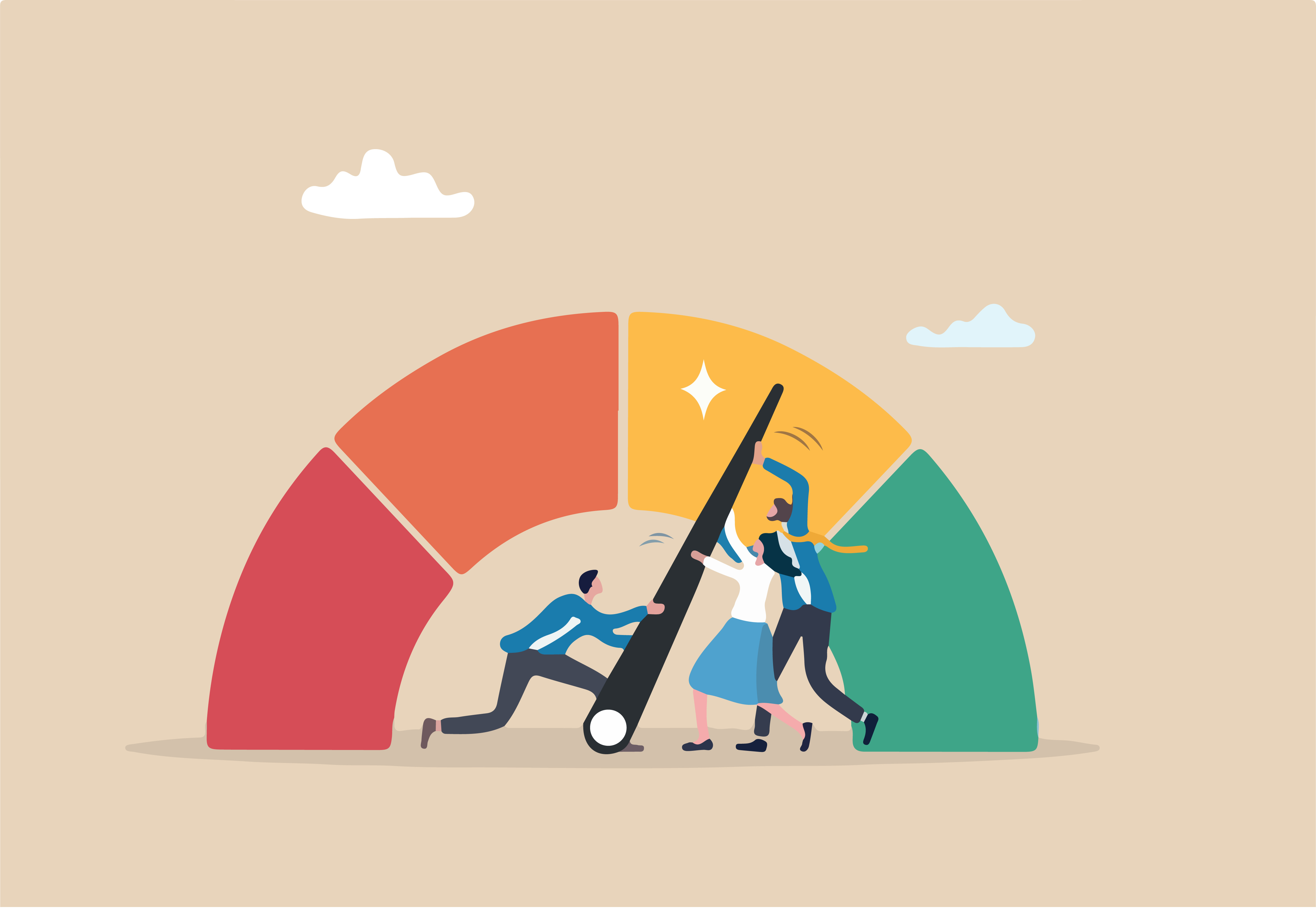Five Marketing Predictions for 2025
Jan 2, 2025By this point, most marketers have become accustomed to the never ending whirlwind of change and evolution in the digital…

As with most questions, this leads onto more questions – what is conversion rate optimisation (CRO), why does it matter, and what does it involve? No need to fear, we have answers to all these questions and more…
Let’s start at the beginning. Conversion is defined as the process of changing something from one thing to another. In the case of your website, your goal is to change/convert visitors into customers by taking a desired action. This action, conversion, or site goal will depend on the purpose of your website, and can be either a micro-conversion (e.g. signing up to a newsletter) or a macro-conversion and the primary goal (e.g. buying a product).
Conversion rate, expressed as a percentage, is the number of these successful conversions compared to the total number of visitors/visits to your website.
Conversion rate is a useful metric in marketing. A simple percentage shows you where you are, how you compare to other businesses in your industry, and what improvements you have made with changes to your websites or sales and marketing strategy.
Conversion rate optimisation, therefore, is the practice of increasing the conversion rate, by incentivising and encouraging more visitors to complete the desired action on your website.
Conversion rate optimisation can only begin after visits have been made to your site.
Depending on the number of conversion possibilities on your website, you can calculate the conversion rate by using either the number of visits or sessions (where multiple types of conversions are possible) or by the number of unique users (where there is only one possible conversion on the site):
Number of conversions Number of visits (or Number of unique users) 100 = % Conversion rate
For example, for an e-commerce site, if you have 3 visits to your site and 2 of those result in the purchase of a product, then:
2 3 100 = 66% Conversion rate
Once you have your conversion rate figure, you can begin optimisation. Initially, it is important to consider what you are optimising (e.g. design, content or functionality), who you are optimising for, and what targets you are hoping to achieve. Analysing both quantitative and qualitative data will give you answers about your users, how they engage with your website and what you can do to improve your conversion rates.
Quantitative data can be gathered from sources such as Google Analytics and conversion rate tracking, and give information on:
Qualitative data can be used to support the facts and figures above, using customer surveys and user experience testing to find out why the behaviours above happen.
Combining all of this data will help you decide where to spend the most time and effort making adjustments to your site – as in the pages with the most website traffic or those that most frequently cause users to abandon their search.
Your website, like all other aspects of your business, has a purpose. Whatever that purpose is, your website takes time, money and effort, and you need to ensure that it is performing well and earning its place in your marketing strategy.
Conversion rate optimisation offers a number of benefits to your business:
At ExtraMile, our SEM Specialists have all the experience, knowledge and tools to carry out effective conversion rate optimisation. We will collect the data and collaborate closely with you to understand your business goals and objectives in order to optimise for the best results for you.
Please get in touch if you would like to find out more, or visit our website to learn more about CRO or some of the other SEM services we offer:

By this point, most marketers have become accustomed to the never ending whirlwind of change and evolution in the digital…

Hi, I am James, a Key Account Manager at Extramile Digital (EMD). It goes without saying that I, just as…

Understanding the effectiveness of your marketing efforts is crucial for growth, specifically sustainable growth. For B2B companies, this means moving…

In B2B marketing, few audiences are as rigorous as engineering purchasers, especially within the defence sector. This isn’t a market…